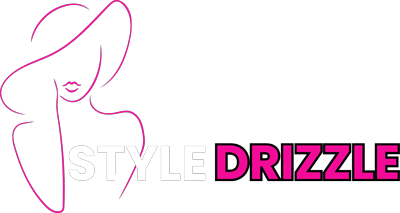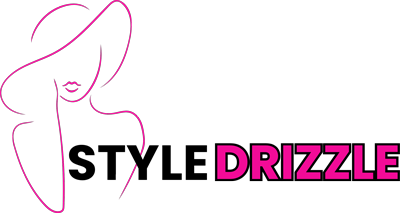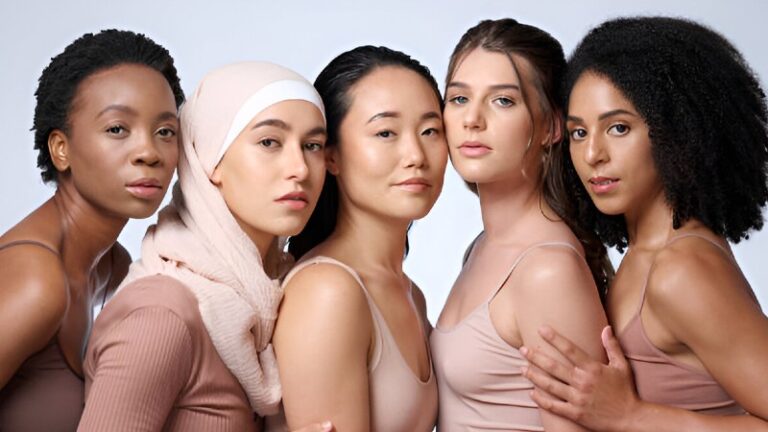Beauty has always been more than skin deep. It reflects cultural values, social hierarchies, and even political climates. Throughout history, societies have celebrated distinct forms, body types, and aesthetic ideals shaping not only fashion and cosmetics but also gender roles and self-perception.
Ancient Civilizations
Beauty in ancient societies was often intertwined with spirituality, status, and symbolism.
Egypt (c. 3100–30 B.C.)
- Ideal Body: Slender with symmetrical features
- Symbolism: Beauty indicated social status and divine favor
- Practices: Kohl eyeliner, perfumed oils, wigs
Ancient Egyptian women emphasized independence and grace. Cosmetics were not just for aesthetics they were believed to have protective and magical properties.
Greece (c. 500–300 B.C.)
- Ideal Body: Plump and full-bodied women; men idealized muscular perfection
- Philosophy: Beauty tied to harmony, proportion, and virtue
- Artistic Examples: Venus de Milo, sculptures depicting balanced forms
Greek society emphasized balance between mind and body. Female beauty often served as a reflection of male ideals and societal norms.
Middle Ages to Renaissance
Medieval Europe
- Pale skin signified nobility, as outdoor labor was associated with lower classes
- High foreheads and tightly braided hair were considered attractive
- Cosmetics were minimal due to religious and cultural constraints
Italian Renaissance (1400–1700)
The Renaissance brought renewed interest in human form and classical ideals. Artists like Leonardo da Vinci depicted women with ample curves, fair skin, and soft features, reflecting wealth, fertility, and status.
- Full hips and rounded stomachs symbolized prosperity
- Elaborate hairstyles and luxurious fabrics became status symbols
Victorian Era and Industrial Revolution
The Victorian era emphasized virtue, modesty, and refinement in female beauty. Corsets shaped hourglass figures, and pale skin continued to signify social status.
| Period | Beauty Ideal | Key Influence |
|---|---|---|
| Victorian England (1837–1901) | Full-figured, cinched waist, pale skin | Moral virtue and social propriety |
| Industrial Revolution (Late 19th c.) | Natural looks with minimal cosmetics | Rising middle class, philosophical humanism |
The era also saw early cosmetic innovations and the rise of beauty salons catering to the growing middle class.
20th Century (Revolution, Media, and Celebrity Influence)
Roaring Twenties
- Androgynous figures with flattened chests and boyish silhouettes
- Short hairstyles, bob cuts, and bold makeup
- Beauty linked to independence and rebellion against Victorian norms
Hollywood’s Golden Age (1930s–1950s)
- Hourglass figures and curves: Marilyn Monroe archetype
- Glamorous hairstyles, red lips, flawless skin
- Celebrity culture heavily influenced everyday beauty trends
Swinging Sixties to Supermodel Era
- 1960s: Twiggy-inspired thin, adolescent physiques; mod fashion
- 1980s: Athletic, toned bodies; fitness culture influences beauty ideals
- 1990s: Heroin chic waifish look; media-driven extreme thinness
21st Century (Diversity, Social Media, and Body Positivity)
Modern beauty standards reflect a complex interplay of media, technology, and social movements. Inclusivity, representation, and self-expression dominate current ideals.
Key Trends
- Emphasis on individualism and authenticity over conformity
- Body positivity and the celebration of diverse body types
- Celebrity influence continues (e.g., curvy figures popularized by social media stars)
Platforms like Instagram and TikTok have democratized beauty, giving rise to micro-trends and allowing people from all cultures to redefine what is attractive.
Changing Perceptions of Beauty
| Decade | Body Type Most Valued | Percentage of Women Reporting Pressure to Conform |
|---|---|---|
| 1960s | Thin, willowy | 65% |
| 1980s | Athletic and toned | 70% |
| 1990s | Waifish | 75% |
| 2010s | Curvy with flat stomach | 60% |
These numbers highlight how social and media pressures fluctuate with changing ideals, yet consistently impact women’s self-perception.
Unexplored Influences on Beauty Standards
While most analyses focus on fashion and celebrity culture, several other factors shape beauty standards:
- Economics: Wealth and social status often dictate desirable features, such as pale skin or full-bodied figures.
- Technology: Photography, film, and social media accelerate trends and create aspirational ideals.
- Health & Wellness: Shifts in public health knowledge affect body ideals (e.g., athleticism in the 1980s, holistic wellness today).
- Globalization: Cross-cultural exchange spreads ideals and hybrid trends worldwide.
Conclusion
The evolution of beauty standards is a mirror of societal change. From spiritual and moral ideals to celebrity-driven trends and inclusive movements, beauty has always been shaped by culture, media, and technology. Understanding this history allows us to appreciate the fluidity of aesthetic ideals and embrace diverse forms of beauty today.
As society continues to evolve, the future of beauty is likely to prioritize authenticity, individuality, and representation reminding us that beauty is not a static standard but a dynamic, evolving cultural phenomenon.
Frequently Asked Questions (FAQs)
How have beauty standards changed over time?
Beauty standards have evolved from ancient ideals of symmetry and divine qualities to Renaissance prosperity symbols, Victorian modesty, 20th-century media-driven trends, and today’s inclusive and body-positive movements. Each era reflects cultural, social, and economic influences.
Which factors most influence beauty standards?
Key factors include culture, fashion, media, celebrity influence, social movements, economics, technology, health trends, and globalization. These elements shape perceptions of attractiveness and often dictate popular body types, makeup, and hairstyles.
What were some extreme beauty practices in history?
Throughout history, people have used lead-based makeup, arsenic wafers, tightly laced corsets, and toxic hair dyes. These practices were often dangerous but reflected societal pressures to conform to prevailing beauty ideals.
How has social media influenced modern beauty standards?
Social media platforms democratize beauty by showcasing diverse body types, skin tones, and personal styles. They accelerate trends, increase visibility of micro-influencers, and promote inclusivity, body positivity, and self-expression.
Can beauty standards be considered cultural or universal?
Beauty standards are largely cultural and context-dependent, varying by society, historical era, and region. However, some features like symmetry and skin health often recur globally as markers of attractiveness.


